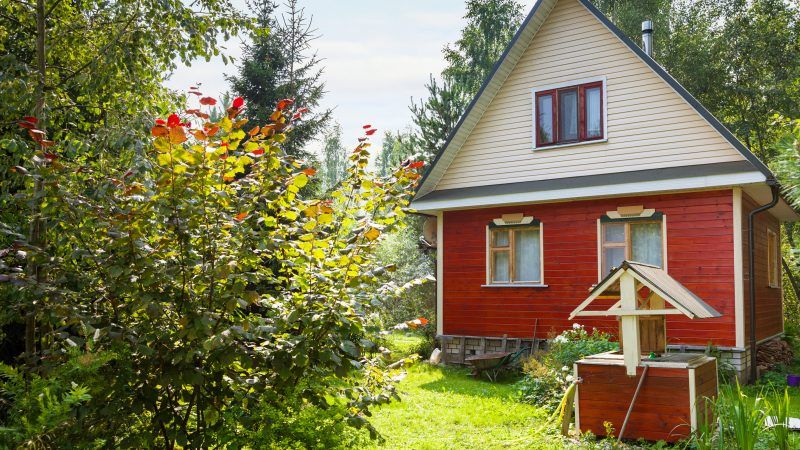Did California Just Abolish Single-Family Zoning?
The Golden State now allows homeowners to build up to two accessory dwelling units on their property by right.

From the passage of statewide rent control to the failure of a bill legalizing more home construction near transit and job centers, it hasn't been a great year for free market solutions to California's housing shortage. That is, at least, until you consider the quiet success of efforts to allow for more accessory dwelling units (ADUs).
In the waning days of the 2019 legislative session, state lawmakers passed a series of bills loosening up zoning rules governing ADUs, sometimes known as granny flats or in-law suites. These reforms—which build on legislation passed in 2016—put additional limits on the powers of local governments to regulate ADUs to death, and allow more homeowners to convert their garage or tool shed into affordable rental housing.
"The big news is that we have effectively ended single-family zoning in California," says Matthew Lewis, director of communications for California YIMBY, an advocacy group that sponsored two of the three ADU bills.
The first bill, AB 68, lets homeowners build up to two ADUs on their property by right. That means local governments don't have the discretion to deny these projects or impose additional conditions on their approval outside of what's already spelled out in the city's zoning code.
In addition, the bill restricts the size, setback, and parking requirements local zoning codes can impose on ADUs. It also reduces the time local governments have to approve new units from 120 days to 60 days.
Two other bills, AB 881 (also sponsored by California YIMBY) and SB 13, prohibit local governments from requiring that an owner occupy the new units, and reduce the fees homeowners can be charged to build them.
These provisions helped build political support for the bill among homeowners, says Lewis, who tells Reason that they "see some self-interest in being able to create some rental income for themselves."
If the state's past experience with ADU liberalization is any guide, this year's changes will also lead to a surge in new housing supply.
In 2016, state lawmakers passed legislation that allowed homeowners to build one ADU by right and limited the types of impact and utility fees they could be charged for constructing them.
In response, ADU permit applications in Los Angeles jumped 30-fold after these news laws went into effect, increasing from just 257 in 2016 to 3,818 in 2017. In 2018, a full 20 percent of the permits granted for new housing units in Los Angeles were for ADUs, according to a report from the Sightline Institute, a Seattle-based urban policy think tank.
More cities could be taking advantage of ADUs, but traditional zoning rules often get in the way, says Margaret Morales, a policy analyst at the Sightline Institute. "The biggest ones are often parking requirements. Requiring extra off-street parking can be difficult if you have a small lot and it's very expensive," Morales says. The same is true of other standard policies like minimum lot coverage standards and setback requirements which limit the amount of land that can be devoted to backyard cottages or other types of ADUs.
"If cities set those outrageously high," says Morales, homeowners aren't able to squeeze new units onto their property.
Following California's lead, Seattle recently passed new ADU legislation which allows up to two such units per single-family lot, eliminates minimum parking requirements for ADUs, and abolishes the city's owner-occupancy rules for these granny flats.
On the downside, that same law imposed maximum size limits on new homes.
Morales says that more granny flats are a great way to add new supply in cities with a lot of single, detached family homes. She also cautions that they "are not the silver bullet to solve our housing shortage alone. I think they are part of the multi-prong package we need to consider."
Nevertheless, the past successes of ADU legislation in places like Los Angeles demonstrate how much new housing can be built when government gets out of the way.
Rent Free is a weekly newsletter from Christian Britschgi on urbanism and the fight for less regulation, more housing, more property rights, and more freedom in America's cities.


Show Comments (25)